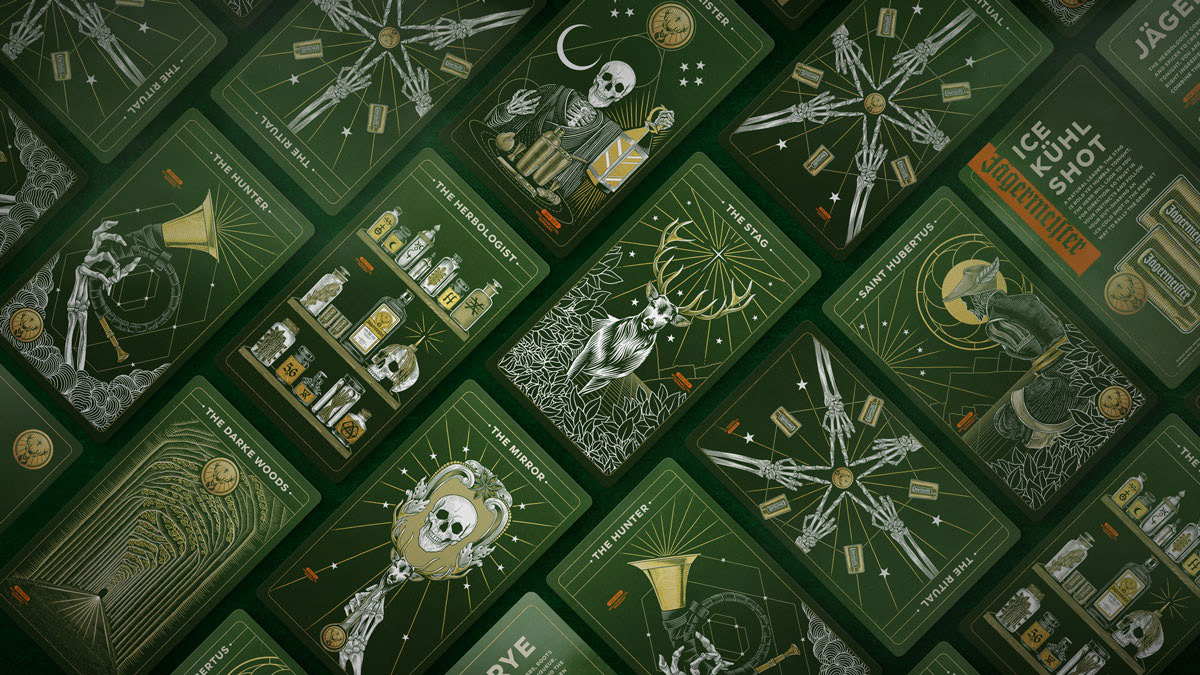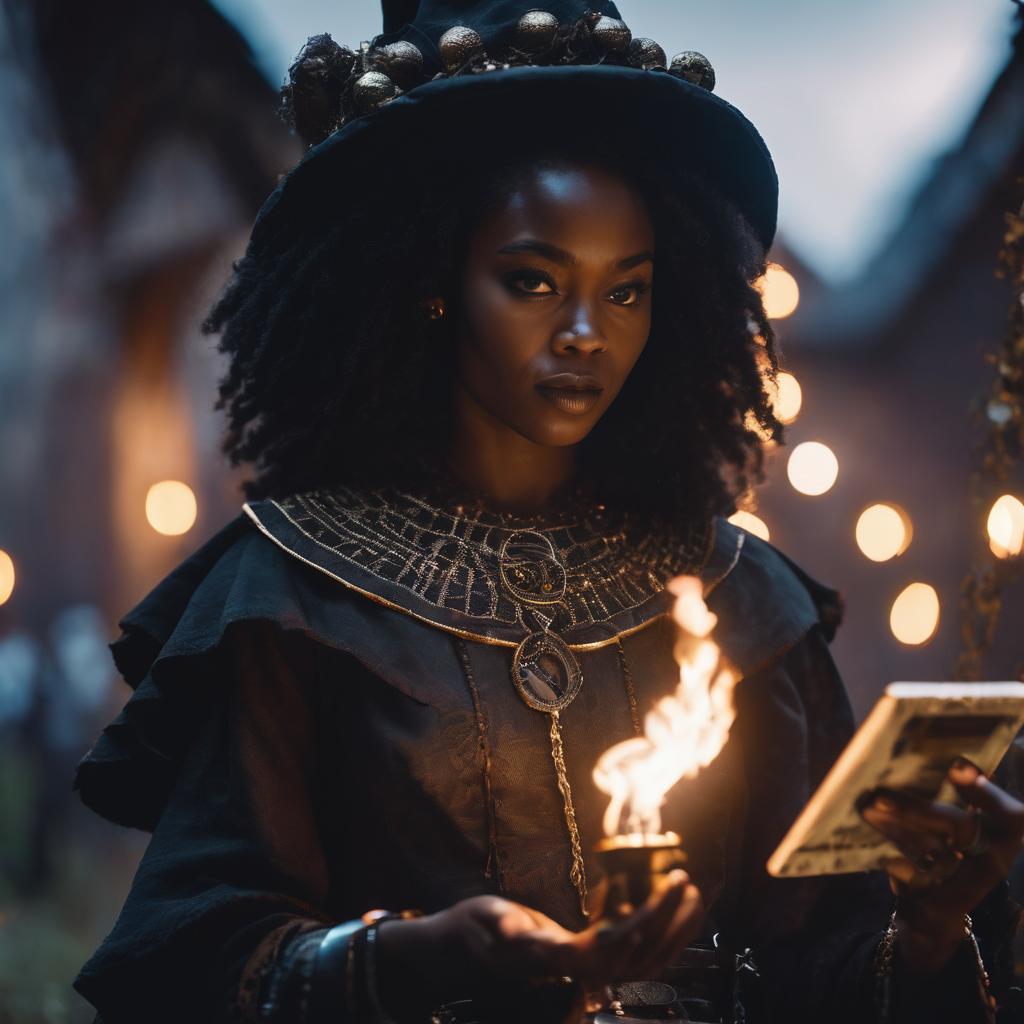Seems like these days everybody and they mama is a bruja, tarot reader or astrology expert. In the post-everything era, it’s impossible to hold purist ideals, but it is still important to sift through the nonsense and gain a better understanding of the influences that shape one’s spiritual journey. Phenomena like Occulture, WitchTok and online Sangomas are all examples of the 2020s trend of social media mysticism, the result of a collision between online magic communities and ancient occult practices.
While a lot of the hype is undeniably grounded in a primal instinct towards nature and the divine, the truth is that some of it is straight-up marketing. Spend a bit of time researching and you’ll find that the recent interest in the occult is largely driven by brands who see an opportunity to market magic-related products to impressionable consumers. The Shutterstock 2020 Creative Trends report saw a surge in searches for the keywords “magic” (+525%) and “spiritual” (+289%), indicating a growing demand for occult-themed visuals.
Driven by Millennial and Gen Z consumers’ interest in alternative faiths, magic, and the occult, and fueled by supernatural TV shows and mainstream adoption of occult products that used to be restricted to niche markets like Etsy, Occulture has become a macro trend in the early 2020s and it is expected to endure. From beverage branding with tarot-inspired packaging to lifestyle products themed around zodiac signs and Wicca, the marketing industry has moved from white-washing to rainbow-washing and now magic-washing. But some of it is real.

Accumulating over 50 billion views under the hashtag #WitchTok, magic’s popularity on TikTok surpasses even political hashtags like #Biden. WitchTok was established in 2019, emerging amid the uncertainties of the COVID-19 pandemic. Today, the digital subculture is thriving on TikTok, uniting witches and pagans globally. The vibrant community embraces traditions like Wicca and Druidry and provides accessible content on magic, the occult, spells, mythology, divination tools, tarot reading, astrology, numerology, and crystal healing.
The TikTok trend follows OG influencers like The Hood Witch on Instagram. Popular creators on WitchTok include Notty Stewart, Kiley Mann and Adam Wethington and a 2020 British Vogue article by Kristen Bateman featured six self-identifying witches who shared their insights about how WitchTok had provided a platform for demystifying spirituality.
Despite its social media superficiality, WitchTok is rooted in centuries-old global cultural and religious traditions. The niche community challenges historical stigmas and empowers people from diverse backgrounds, fostering a globally accessible and inclusive realm. Its educational and entertaining tone creates a strong sense of belonging, but the movement goes further. It serves as a commercial space, and its community collaborates, supports, and addresses socio-political issues, such as gender inequality and Black Lives Matter.
Digital platforms like TikTok have highlighted the nuances of occult practices, especially in previously disadvantaged communities. In South Africa, traditional healers still outnumber doctors trained in bio-medicine, though the percentage of people who consult them is hard to measure due to stigma. Despite colonial-era restrictions, a new generation of digitally-savvy sangomas is revitalising ancient spiritual traditions by using social platforms like WhatsApp.
With South Africa’s 68.2% Internet penetration rate and a projected 11.8% annual growth in the videoconferencing market, the trend of online sangomas, just like WitchTok, inevitably gained prominence during the COVID-19 pandemic. The Traditional Healers’ Organisation (THO) acknowledged that the pandemic’s effects included reduced income and herb acquisition challenges. This led some healers to transition to video conferencing for online sessions and with that, a whole new subculture emerged.
Healers such as Gogo Simenjalo and Gogo Dumezizweni, saw the success of virtual consultations through cellphone video calls during and after the lockdown. Sangomas like Makhosi Keagile Kamo Malatji use digital technology as a starting point to target a younger demographic. Dr Gogo Bathini Mbatha has a strong YouTube following; young sangomas like Umphilisi have websites and Facebook pages, and Modern Khehla, a 23-year-old model and traditional healer proudly practice their craft on platforms like Instagram and TikTok.
While brands will have you believe that the point is finding cute things to buy, global trends like Occulture, WitchTok and the practice of indigenous magicks online go far beyond marketing appeal. Despite and perhaps due to colonial and capital influence, new blends of spiritual practices such as Ubungoma, Wicca, Macumba, and Vodou continue to evolve, adopting and adapting to contemporary technologies. There is powerful potential in this digital convergence of diverse spiritual lineages that together, could come to change the world.






















































